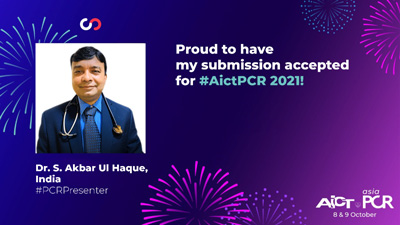
RENAL ARTERY STENOSIS TREATMENT
Renal artery stenosis treatment depends on a combination of medications and lifestyle changes. Certain medical procedures may also be necessary. The renal artery is the artery that provides oxygen-rich blood to one or both of the kidneys. Because of the condition of Atherosclerosis, plaque saturation takes place resulting in a disruption in the normal flow of blood. So, renal artery stenosis is the condition where narrowing of the renal arteries happens. As a result, the body senses that the blood reaching the kidneys is less and it signals the kidneys to release hormones that increase the blood pressure. If untreated and if worsened, it leads to hypertension and kidney failure.
SYMPTOMS OF RENAL ARTERY STENOSIS
- Increased blood pressure despite of taking medications to reduce it
- Fluid retention
- Decreased or abnormal kidney function
- Increased protein in the urine
- Swelling in your ankles or feet
- Sudden or unintentional weight loss
CAUSES OF RENAL ARTERY STENOSIS
RAS primarily causes due to fatty builds up of cholesterol and as they build up, they get hardened. Because of this, arteries get narrowed and there is less space available for blood flow.
Another reason which is yet not common, known as Fibromuscular dysplasia, also results in the hardening of the renal arteries. This condition occurs when muscles around the arteries grow abnormally, pushing back the arterial walls and narrowing them.
The factors which trigger this condition are smoking, alcohol consumption, not managing a healthy lifestyle, eating unhealthy food, consuming food that is high in cholesterol & salts, etc.
RENAL ARTERY STENOSIS TREATMENT
Depending upon the severity of your condition, your doctor may suggest you first to take medicines to dilate blood vessels. If the condition is something beyond medications, your doctor may suggest you undergo other surgical options such as renal stenting (renal angioplasty) or renal artery bypass surgery.
WHAT IS RENAL ANGIOPLASTY
Renal angioplasty proceeds in the same way as coronary angioplasty. Prior to undergoing renal angioplasty, your doctor will conduct a renal angiography. In this procedure, a catheter will be triggered to the desired spot in your renal artery, by inserting it in the vein of your groin area. A contrast dye will be passed through the catheter and you will be under a live X-ray machine. The severity of the blockage will be examined with the help of a contrast dye. This contrast dye is passed through your arteries and you might get a warm or an unpleasant feeling. You may feel that you are passing water as the dye quickly passes off your bladder. You may need to drink a lot of water post angiography to let the contrast vanish off your system. This process is little or no pain at all.
After renal angiography, renal angioplasty will be performed on you on a pre-decided day. You will be advised not to eat solid food at least four hours before the surgery and water can be allowed after that. This angioplasty will be carried out in a special room called Catheterization Room. Here, you will be given with sedatives to relax you and reduce your anxiety. You will be given a local anesthesia and you will most likely be awake in the whole procedure.
Once the procedure starts, the area in your groin will be numbed, and a catheter will be inserted in the vein. This catheter has a deflated balloon at its tip and a hollow metal tube called stent. The catheter will be guided to the desired site and once it reaches the blockage area where plaque saturation obstructs blood flow, the balloon is inflated. Because of this, the arteries are forced to widen thus giving a way for the blood to flow effectively. A stent may be placed in that region to keep the arteries widened and avoid their re-narrowing.
The catheter is taken out the groin area is applied with a heavy bandage. You will be advised to remain in the hospital for a day or two.
RESULTS FURTHER PRECAUTIONS
You may resume your routine after a week with your doctor’s suggestion. The symptoms of RAS should go away post-surgery. Visit your doctor if your groin is bleeding or the injury does not heal. Keep a regular checkup. Adopt a healthy lifestyle that includes healthy eating, exercising, stress management, etc. avoid getting indulged in harmful habits such as smoking, drinking, eating high-cholesterol food, etc. there are very rare cases of risks, but if you keep a track of your health records with your doctor, it will always be beneficial.

